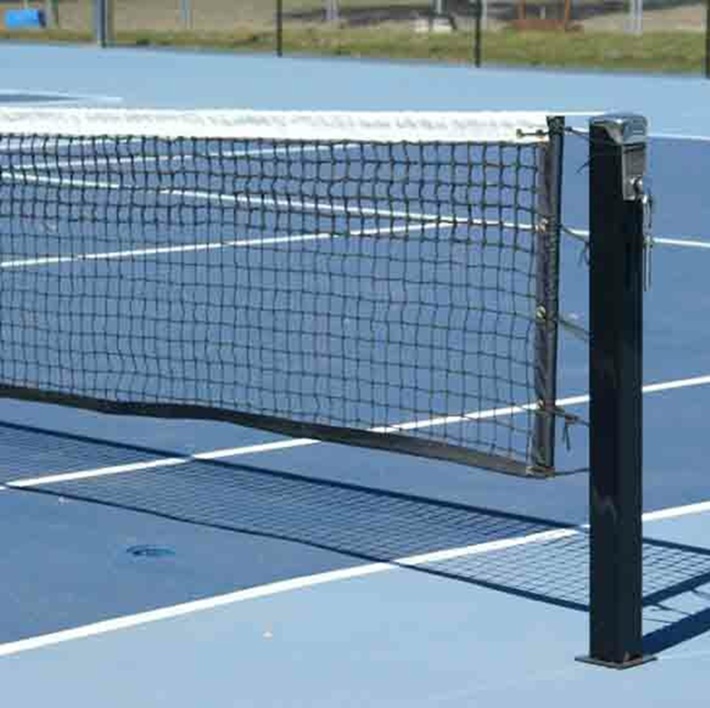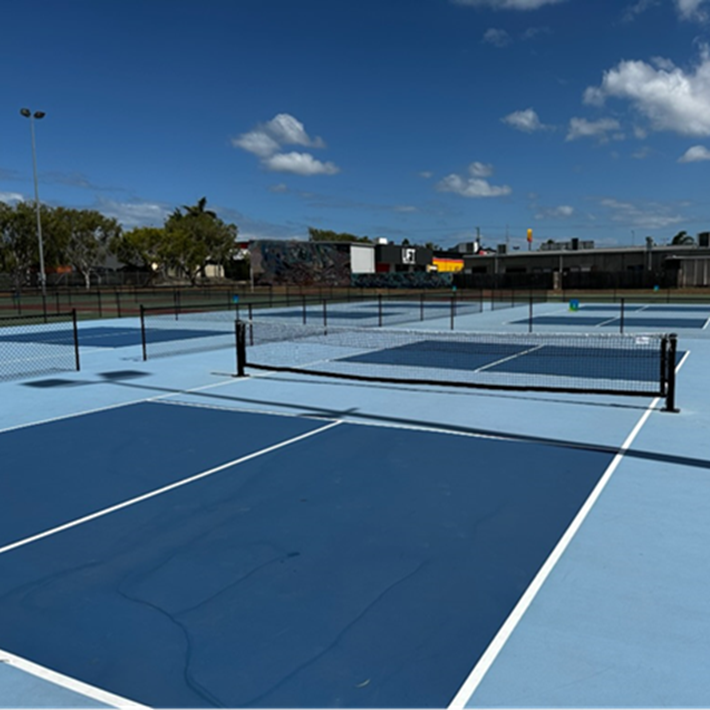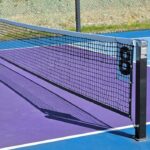When it comes to setting up a tennis court, the net and posts aren’t just accessories, but the foundation of a good game. Sturdy, well-made, and reliable gear keeps the court playable, safe, and ready for long hours of action. Whether you’re preparing a court for competitive matches, upgrading school sports facilities, or simply creating a backyard setup for family and friends, you need equipment that’s built to last. The right combination of quality and durability ensures your court stays in top condition over time.
Choosing the Right Tennis Posts

When you’re setting up a court, it’s easy to forget about the tennis net posts that keep everything standing strong. But the truth is, they’re just as important for keeping your court in top shape and ensuring a smooth game. Choosing the right option depends on your court’s setup and how you plan to use it.
-Material: The most popular option is often a durable tennis net post made from aluminium. This material is lightweight, tough enough to handle frequent use, and naturally resistant to rust and corrosion. Because it’s lighter than other materials, it’s easy to move around, which makes it a practical choice if you need flexibility in setting up or adjusting your court.
-Fixed or removable: A fixed tennis post gives maximum stability, and it’s great for courts that stay up all year round. If you’re dealing with a space that doubles as something else, or only set up a court seasonally, removable designs are smart alternatives.
-Wind mechanisms: Internal systems are sleek and protected from the elements, while external ones are easier to reach and repair. It comes down to whether you prefer style or convenience.
Winder Systems
Older tennis posts with external tension winders might have done the job in the past, but they’re no longer recommended. The exposed cranks can easily become a hazard during play, and there’s always the risk of kids or even vandals being tempted to over-tighten the net, which can lead to costly damage. Some internal winder systems were introduced as an upgrade, but even those often featured crank handles sticking out from the post. While functional, they still posed the same problem of being in the way and potentially dangerous.
On the other hand, the modern tennis net post has solved these issues with a much cleaner design. Today’s preferred style uses a fully internal winder mechanism tucked neatly inside. Instead of a crank sticking out, you access the winder from the top, usually with a special wrench or tool once you flip open the lid. This approach keeps everything safer and more secure and creates a sleek, professional look. It’s become the standard across Europe because it’s practical, safe, and visually polished.
Footings
While some posts are set permanently, most people prefer using ground sleeves. This setup makes it easy to take the posts out during the winter, swap them if they’re damaged, or free up the court for other activities. Just be sure the sleeves and lids match the posts from the same manufacturer, so everything fits securely, and you’ll have no problem covering the openings when the equipment isn’t in use.
A good footing should be able to handle frost, hold steady when you pull the net tight, and avoid cracking the court surface. Square designs with matching sleeves tend to give extra support under tension, while round ones can be a safer choice on hard courts since they’re less likely to cause cracks spreading out from the base.
Choosing Tennis Nets

Regulations
The International Tennis Federation sets the standard measurements, which ensures every game feels fair and familiar, no matter where you play. For a doubles court, the net should stretch 42 feet across, while singles courts require a slightly shorter 33-foot net.
At the tennis posts, the height needs to be three and a half feet, dipping slightly in the middle to three feet, with a centre strap in place to keep it at the proper level. Choosing an option that meets these guidelines keeps your court aligned with official standards. It also means you’re investing in something that will hold up well and deliver a consistent playing experience.
Types
What are the different types of tennis nets? From casual backyard matches to high-level competitions, the type you pick can make a big difference in performance and durability.
-Standard vs. heavy-duty: If you’re just playing for fun now and then, a standard design will do the job perfectly. But if your court sees daily action, like at a club or tournament setting, a heavy-duty net is a smarter investment. These are built with tougher mesh and reinforced headbands that stand up to constant use.
-Braided vs. twisted: Braided nets generally hold their shape and tension better over time, making them a long-lasting option. Twisted ones, on the other hand, are more budget-friendly, though they might wear out quicker if used heavily.
-Single vs. double netting: For courts that deal with harder, more aggressive play, options with double netting at the top are ideal. That extra layer adds strength where the ball hits most often, giving your gear a longer lifespan.




